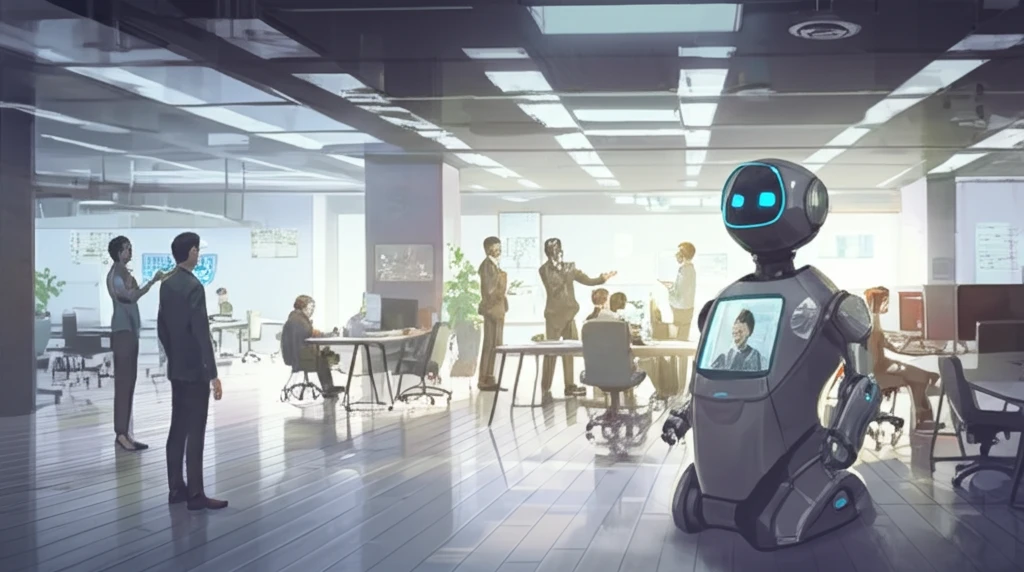
Telepresence Robots: Are They the Future of Remote Work?
"Exploring the impact of telepresence robots on distance work, employee well-being, and the future of workplace technology."
In an era defined by globalization and rapid technological advancements, the traditional workplace is undergoing a profound transformation. Companies are increasingly adopting distance work models to enhance efficiency and tap into a broader talent pool. A key enabler of this shift is the telepresence robot (TPR), a mobile remote presence device designed to bridge the gap between remote managers and their teams.
Telepresence robots facilitate two-way communication and interaction, allowing managers to be virtually present in the workplace. These devices are equipped with features that enable real-time engagement, such as video conferencing and remote navigation. However, the effectiveness and acceptance of TPRs hinge on several factors, including user experience, task suitability, and the emotional impact on employees.
This article delves into the experiences and effects of implementing TPRs in distance work environments. Drawing on insights from a comprehensive study conducted across multiple knowledge-intensive companies, we explore the benefits and challenges of using TPRs in daily management. Our analysis aims to provide a clearer understanding of how TPRs can ensure employee well-being and improve overall performance in remote work settings.
How Do Telepresence Robots Enhance Distance Management?

The integration of telepresence robots into distance work environments has shown promising results in enhancing management practices. The core objective of deploying TPRs is to foster a sense of proximity between managers and employees, irrespective of their physical location. This is achieved through several key functionalities:
- Two-Way Communication: TPRs facilitate real-time interaction, enabling managers to engage in discussions and address concerns as if they were physically present.
- Remote Navigation: The ability to remotely control the robot's movements allows managers to navigate the workspace, fostering a sense of presence and control.
- Eye Contact: The camera feature enables managers to establish eye contact with employees, enhancing communication and creating a more personal connection.
- Proximity Creation: By virtually being present, managers can monitor the work environment and engage in spontaneous interactions, fostering a sense of team cohesion.
Embracing the Telepresence Revolution
Telepresence robots represent a significant step forward in the evolution of remote work technologies. As companies continue to embrace distance work models, TPRs offer a compelling solution for enhancing communication, fostering team cohesion, and ensuring employee well-being. By addressing the challenges associated with their implementation and focusing on user-centric design, organizations can harness the full potential of TPRs to create a more connected and productive workplace.
